
PROGRESS AND CHALLENGES IN COVID-19 TESTS (starts 1:00) Beth Bennett reviews the years progress and challenges in COVID-19 Tests, including the latest tests at CU Boulder.
CU UPDATE ON COVID-19 (starts 4:15) CU Media Relations spokesperson Candace Smith gives an update on the CU COVID-READY DASHBOARD including progress on getting the Sawyer Lab ultrafast test back in action at CU-Boulder.
WASTEWATER TESTING AT CU DORMS (Starts 9:50) CU Environmental Engineer Cresten Mansfeldt explains how and why CU Boulder is testing for evidence of the coronavirus that causes COVID-19 with daily checks of wastewater coming from CU dorms.
Producer: Shelley Schlender
Additional Contributions: Beth Bennett
Engineer: Maeve Conran
Podcast: Play in new window | Download (Duration: 26:57 — 24.7MB)
Subscribe: RSS
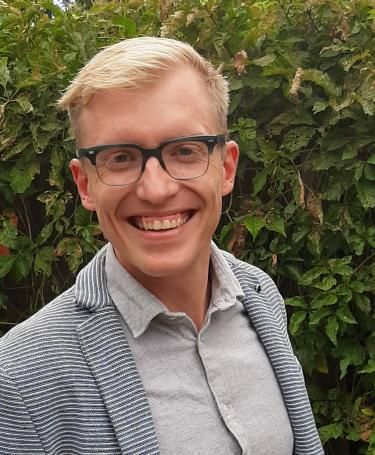


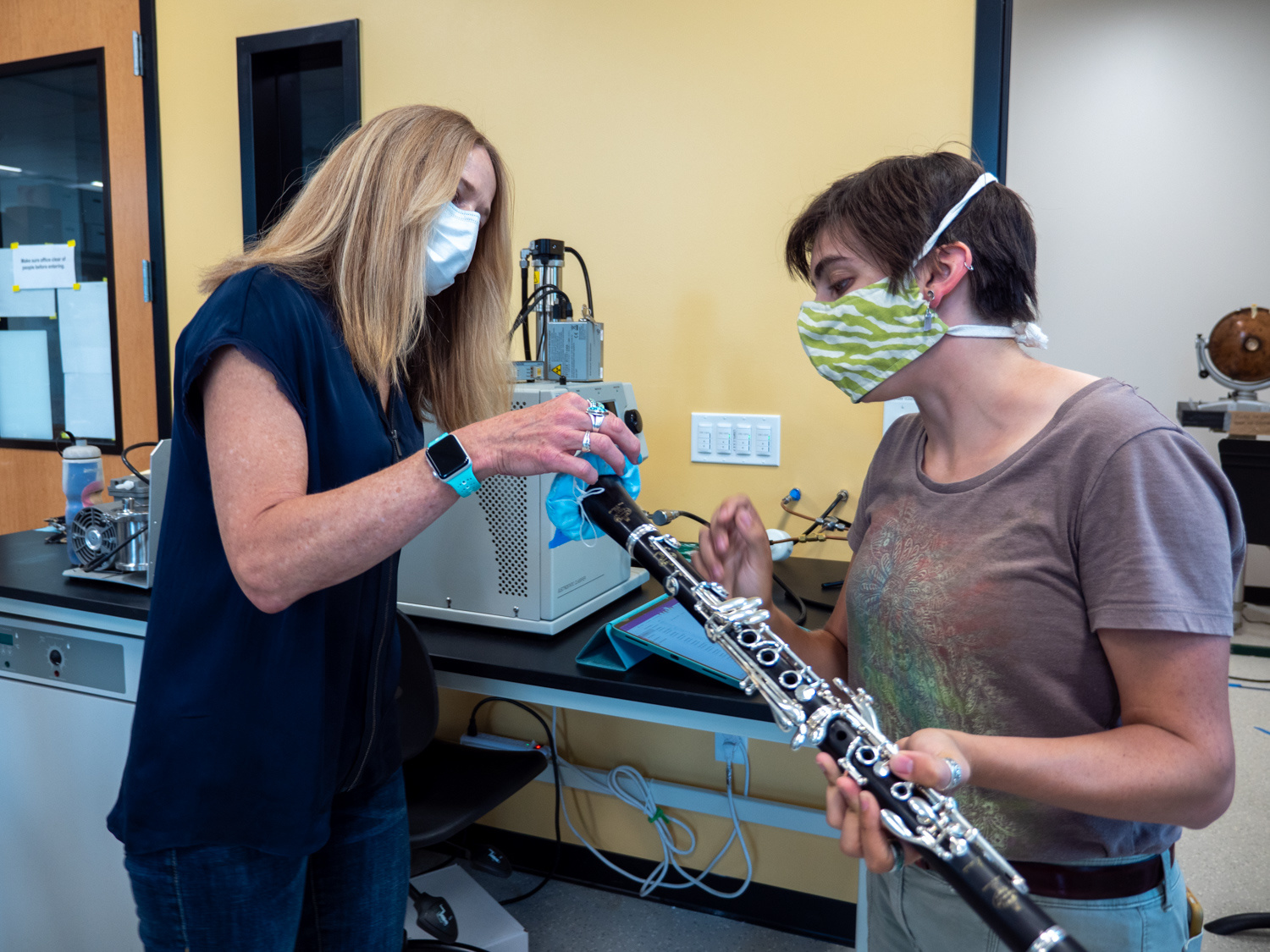
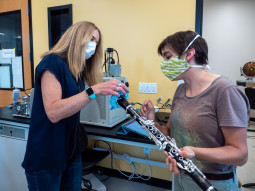

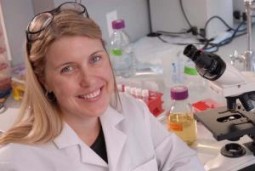
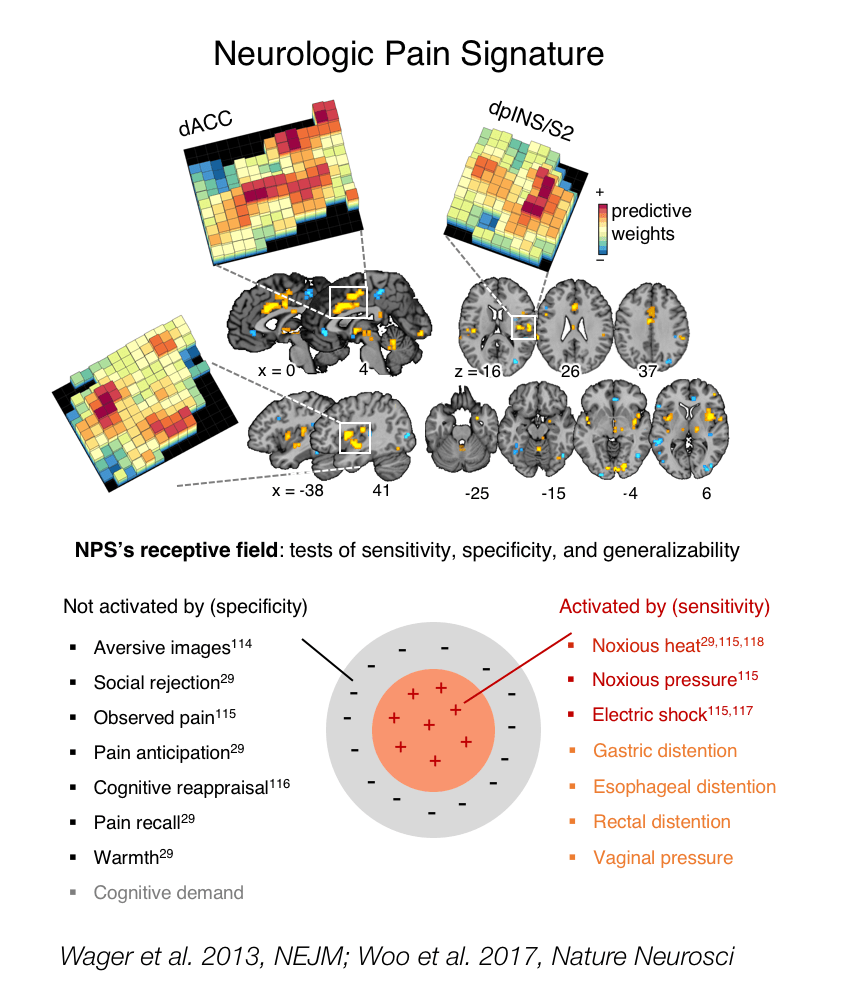
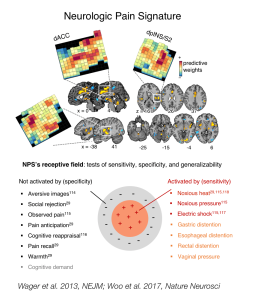 Chronic pain is a debilitating condition for millions of people worldwide. But what role does our brain play in processing pain? Cognitive neuroscientists are gaining a better understanding of how our brain processes pain. Using advanced imaging techniques, they can now measure and model brain systems linked to our pain and emotions. This is shedding new light on interventions for people who suffer from chronic pain.
Chronic pain is a debilitating condition for millions of people worldwide. But what role does our brain play in processing pain? Cognitive neuroscientists are gaining a better understanding of how our brain processes pain. Using advanced imaging techniques, they can now measure and model brain systems linked to our pain and emotions. This is shedding new light on interventions for people who suffer from chronic pain.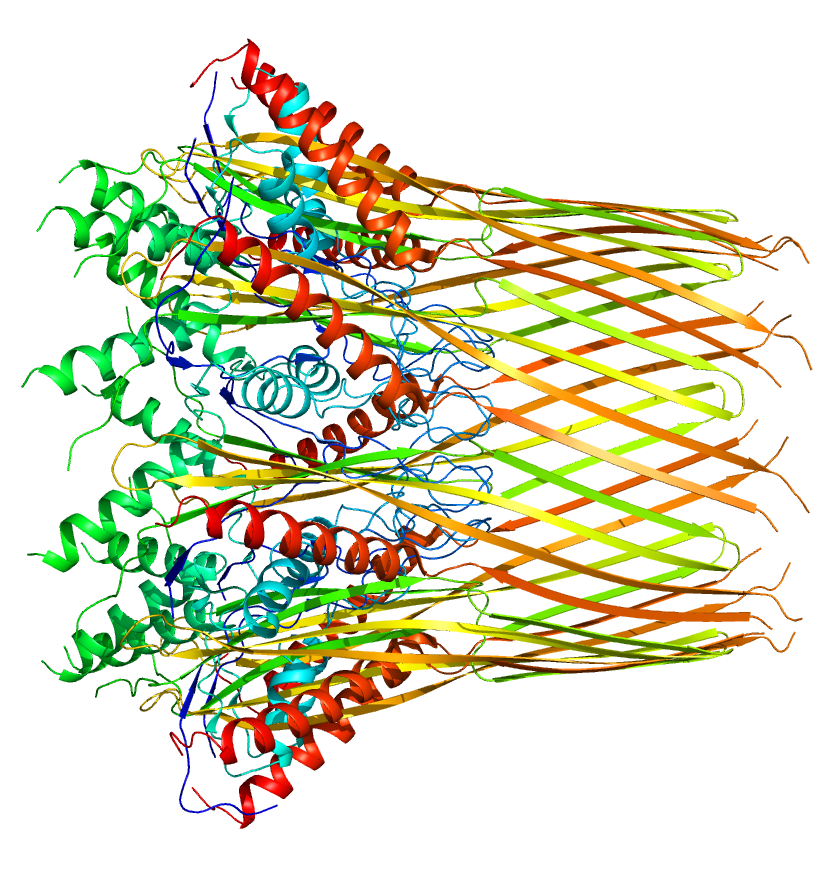


 Five years ago today on July 14, 2015, the
Five years ago today on July 14, 2015, the 
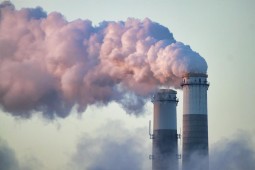 This week on How on Earth, Beth interviewed Scott Lehman of the University of Colorado here in Boulder. Dr Lehman collaborated with a team at NOAA, to develop a novel technique to identify the CO2 released by burning of fossil fuels, allowing its exact calibration in the global carbon budget. Due to technical difficulties, you can’t hear Beth’s questions in the audio, but Scott’s responses are very clear. You can find more information at his
This week on How on Earth, Beth interviewed Scott Lehman of the University of Colorado here in Boulder. Dr Lehman collaborated with a team at NOAA, to develop a novel technique to identify the CO2 released by burning of fossil fuels, allowing its exact calibration in the global carbon budget. Due to technical difficulties, you can’t hear Beth’s questions in the audio, but Scott’s responses are very clear. You can find more information at his 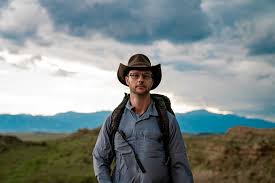
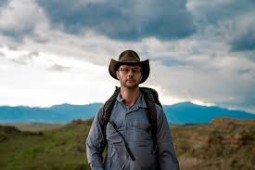
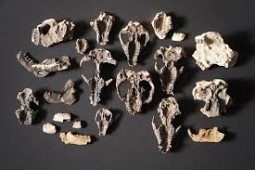
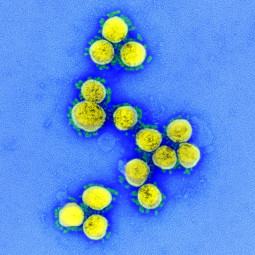
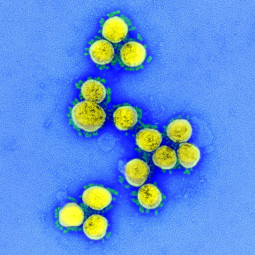 This week on How on Earth, Beth delves into the science of vaccination for the new corona virus and speaks with Dr David Werner of SUNY Binghamton about his research on the likelihood that general anesthetics can set children and adolescents up for the risk of later alcohol abuse. Find out more at his
This week on How on Earth, Beth delves into the science of vaccination for the new corona virus and speaks with Dr David Werner of SUNY Binghamton about his research on the likelihood that general anesthetics can set children and adolescents up for the risk of later alcohol abuse. Find out more at his